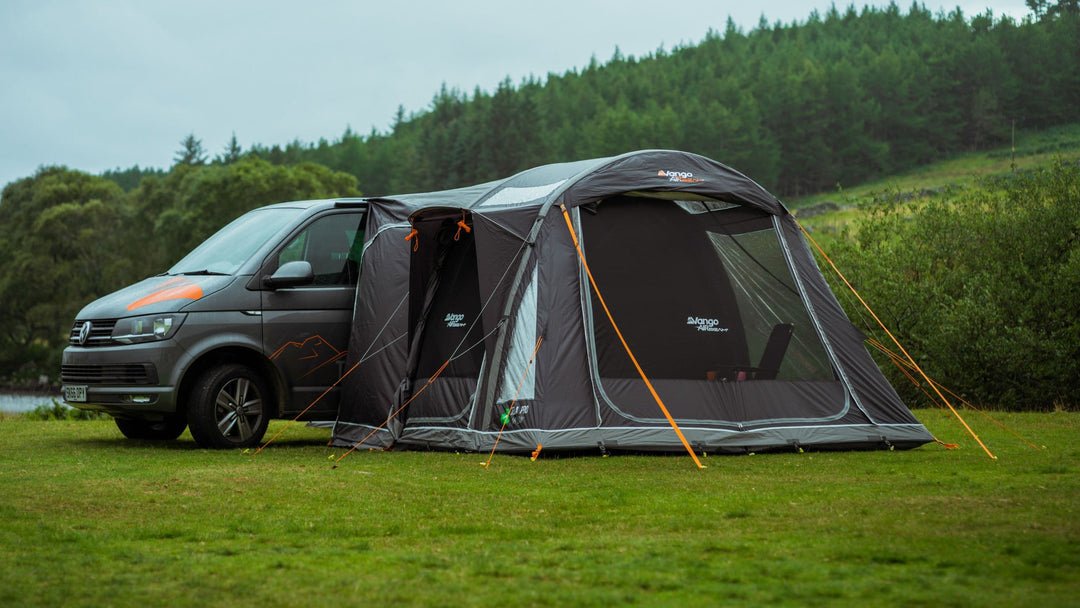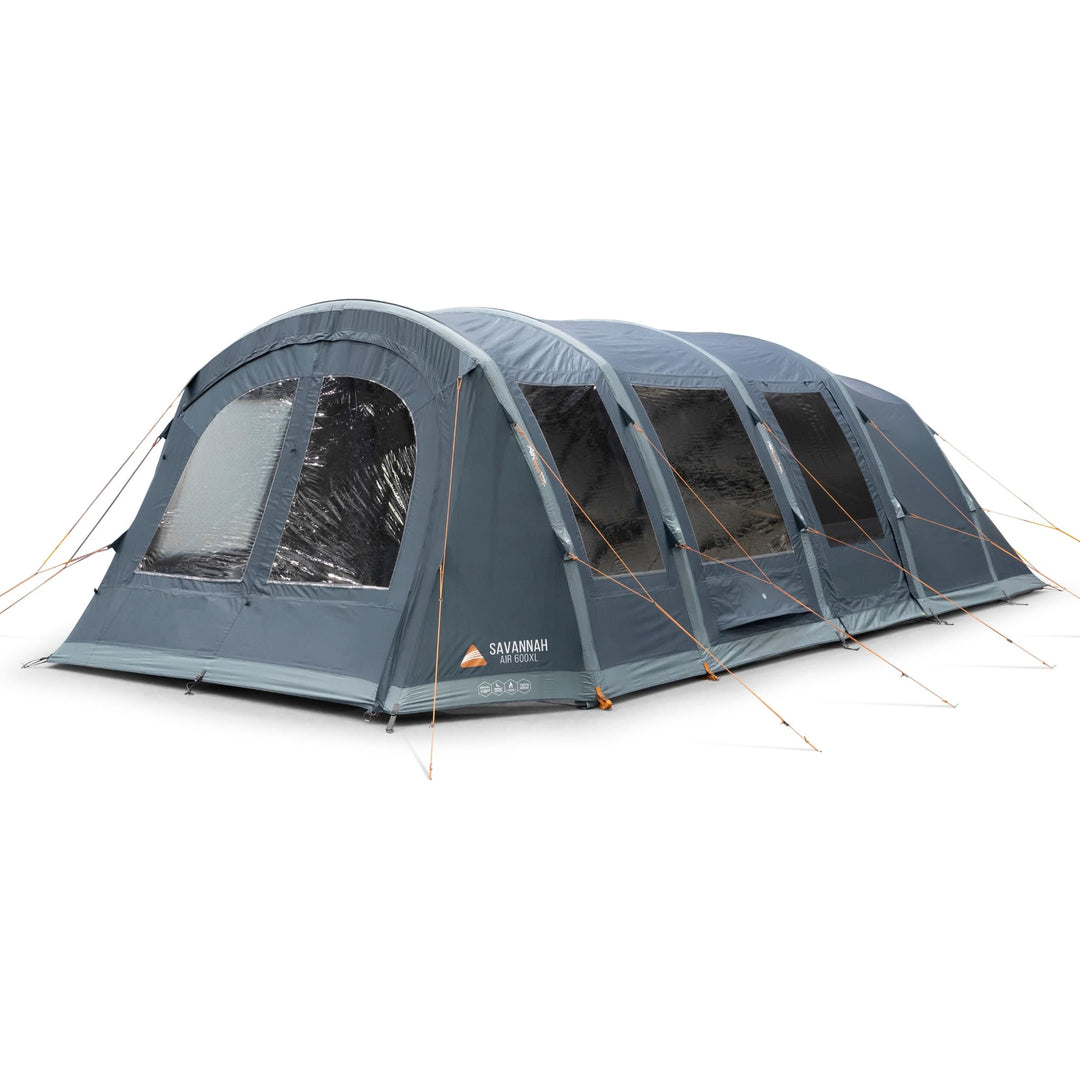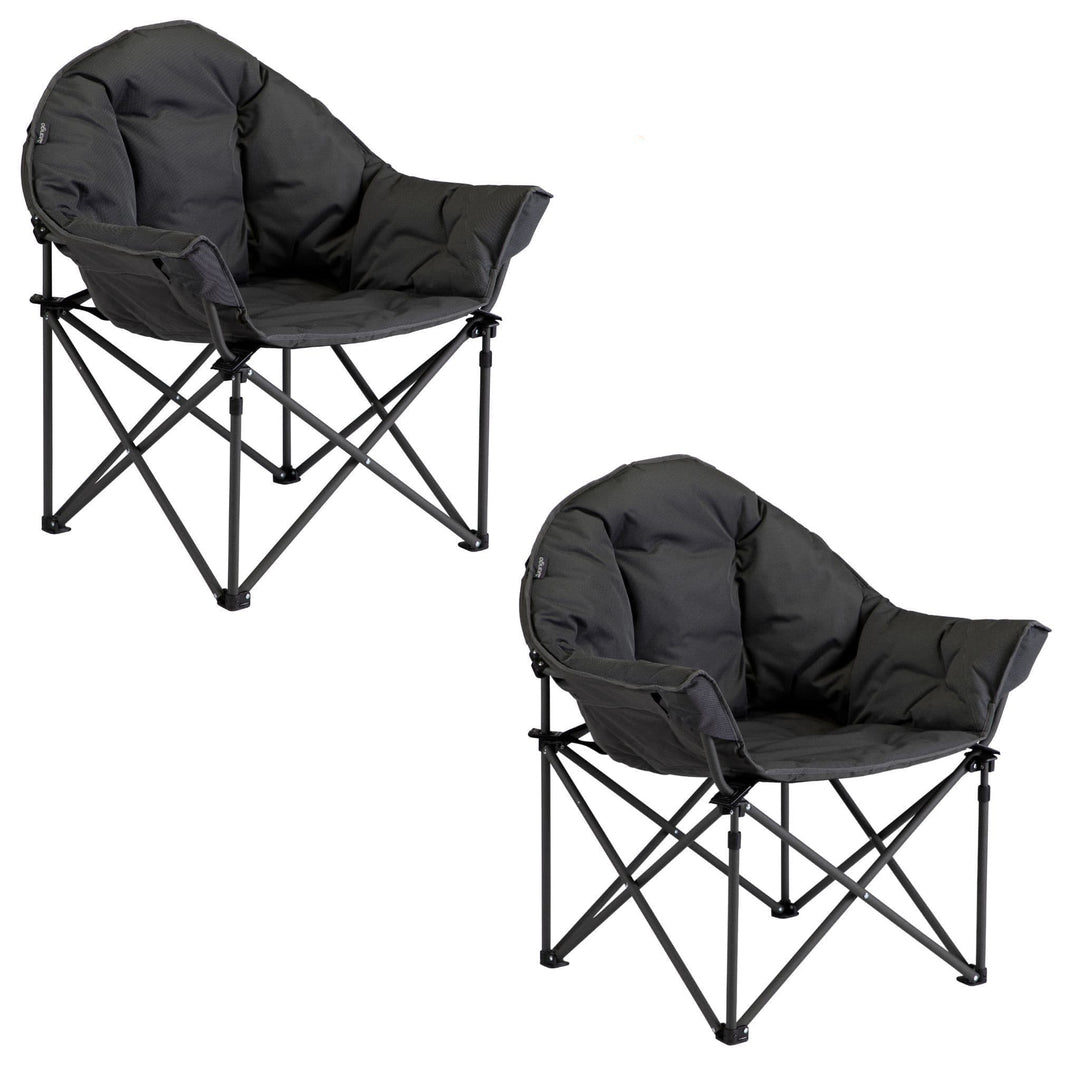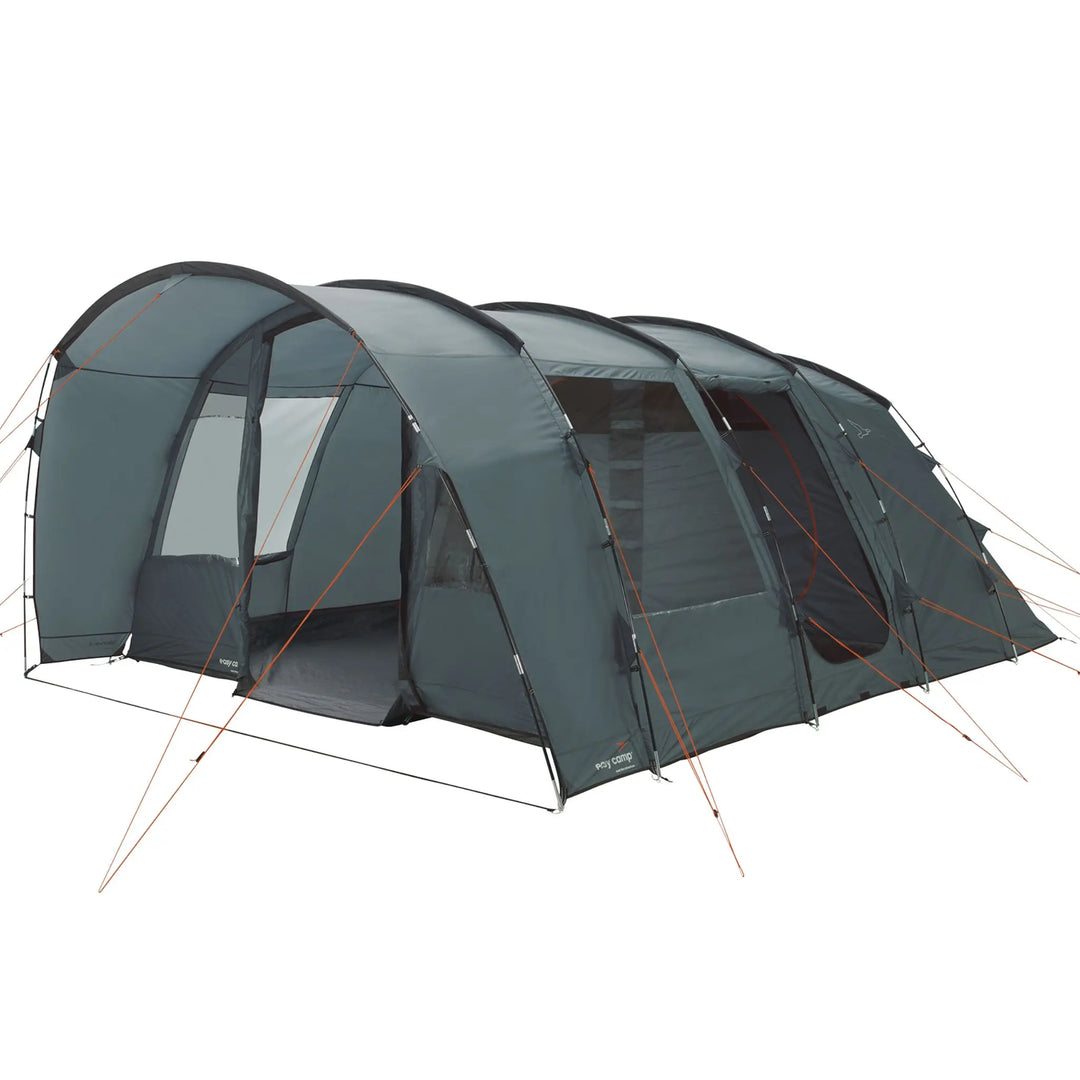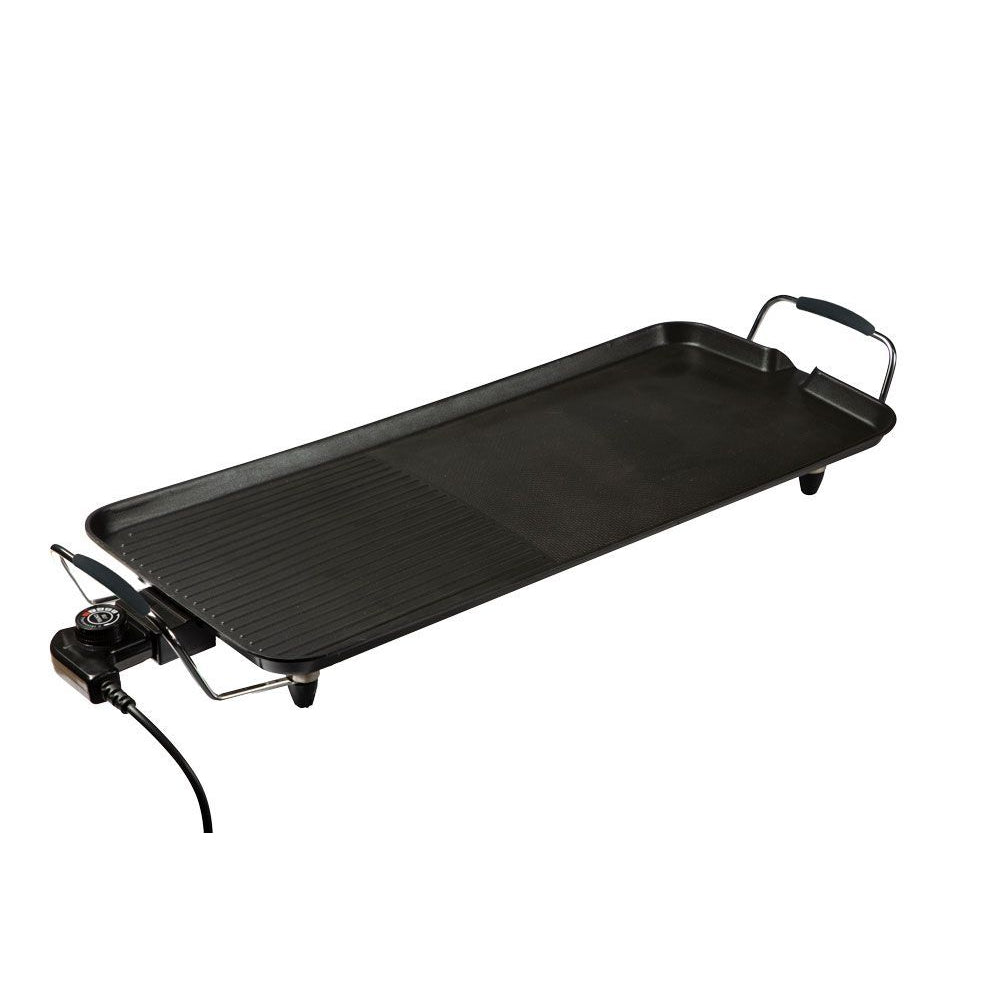Understanding Tent Fabrics: A Breakdown of Materials and Their Uses
When choosing a tent, the fabric it’s made from plays a significant role in its performance and suitability for different types of camping. Factors such as durability, weather resistance, weight, and breathability vary between materials, making it important to understand the options available. In this guide, we’ll break down the most common tent fabrics and their uses.
1. Polyester
Polyester is one of the most commonly used materials for modern tents. It is lightweight, durable, and resistant to stretching, even when wet.
Key Features:
- Durability: Polyester stands up well to regular use and harsh conditions.
- Weather Resistance: It is typically coated with a waterproof layer, such as polyurethane (PU), to provide excellent protection against rain.
- UV Resistance: While polyester offers decent UV resistance, long-term exposure to sunlight can weaken the material over time.
Best For: General camping, family tents, and budget-friendly options.
2. Nylon
Nylon is another popular material, especially for lightweight tents designed for backpacking and hiking. It is strong and more elastic than polyester, which makes it better at withstanding tension.
Key Features:
- Lightweight: Nylon is ideal for those who need to minimise their pack weight.
- Weather Resistance: Coatings like silicone or PU are added to make nylon waterproof.
- Durability: High-denier nylon fabrics can be highly durable, but thinner nylon can be prone to abrasion.
Best For: Backpackers, hikers, and minimalist campers.
3. Polycotton
Polycotton is a blend of polyester and cotton, offering the benefits of both materials. It combines the natural breathability of cotton with the durability and weather resistance of polyester.
Key Features:
- Breathability: Polycotton allows air to circulate, reducing condensation inside the tent.
- Temperature Regulation: It keeps cooler in the summer and warmer in the winter compared to synthetic fabrics.
- Durability: This material can last for many years with proper care.
- Heavier Weight: Polycotton is significantly heavier than synthetic materials, making it less ideal for lightweight camping.
Best For: Long-term campers, glamping, and those who value comfort.
4. Canvas (Cotton)
Traditional canvas tents are made from 100% cotton, known for their robustness and excellent breathability. While they are heavier and require more care, they offer a timeless feel for camping enthusiasts.
Key Features:
- Breathability: Canvas is excellent at reducing condensation and maintaining a comfortable interior temperature.
- Durability: Cotton tents are incredibly strong and can last for decades with proper maintenance.
- Waterproofing: Canvas swells when wet, creating a natural barrier against water, but it needs weathering (pre-wetting) before first use.
- Weight: Canvas is very heavy and bulky compared to modern materials.
Best For: Static camping, festivals, and traditional camping setups.
How to Choose the Right Fabric for Your Tent
When deciding on tent fabric, consider the following:
- Camping Style: Lightweight materials like nylon or polyester are better for backpackers, while polycotton or canvas suits static camping.
- Weather Conditions: Polycotton.
- Longevity vs. Budget: Canvas and polycotton last longer but cost more upfront, while polyester offers a good balance of performance and affordability.
- Breathability Needs: In hot or humid conditions, opt for polycotton or canvas to reduce condensation.
Final Thoughts
Understanding the pros and cons of different tent fabrics will help you make an informed choice. Each material has its strengths, so the best option depends on your camping style and the conditions you’ll face. At WM Camping, we stock a wide range of tents made from polyester and polycotton to suit every camper’s needs. Explore our collection today and find the perfect tent for your next trip.






